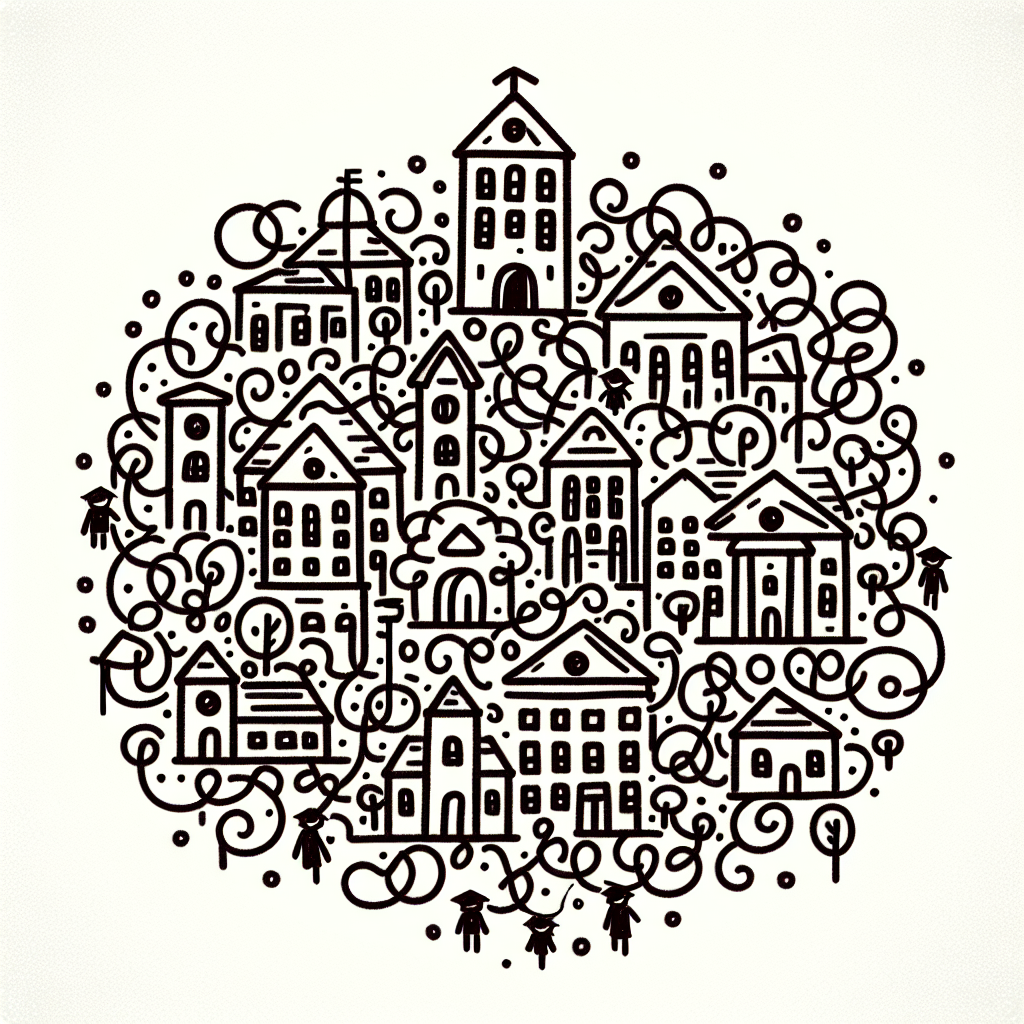Introduction
When discussing the smallest college in the US, it's important to understand what qualifies as a "small" college. Typically, a small college is defined by its total student enrollment—often fewer than 1,000 students. These institutions offer a more intimate educational experience compared to larger universities.
Students may choose to attend a small college for several reasons. One of the most common motivations is the opportunity for personalized attention. Smaller class sizes allow for more direct interaction with professors, which can lead to stronger academic support and mentorship. Additionally, the compact campus size often fosters a tight-knit community where students can build close relationships and feel a stronger sense of belonging. Some small colleges also provide highly specialized programs that cater to niche academic or professional interests.
It's also helpful to differentiate between private and public institutions when considering size. Generally, private colleges tend to be smaller than public universities. While public institutions often serve large, diverse populations across multiple campuses, private colleges may focus on maintaining a smaller, more controlled enrollment to preserve the quality and intimacy of their academic environment.
Understanding these distinctions is key to identifying what makes the smallest college in the US unique and appealing to a specific type of student.
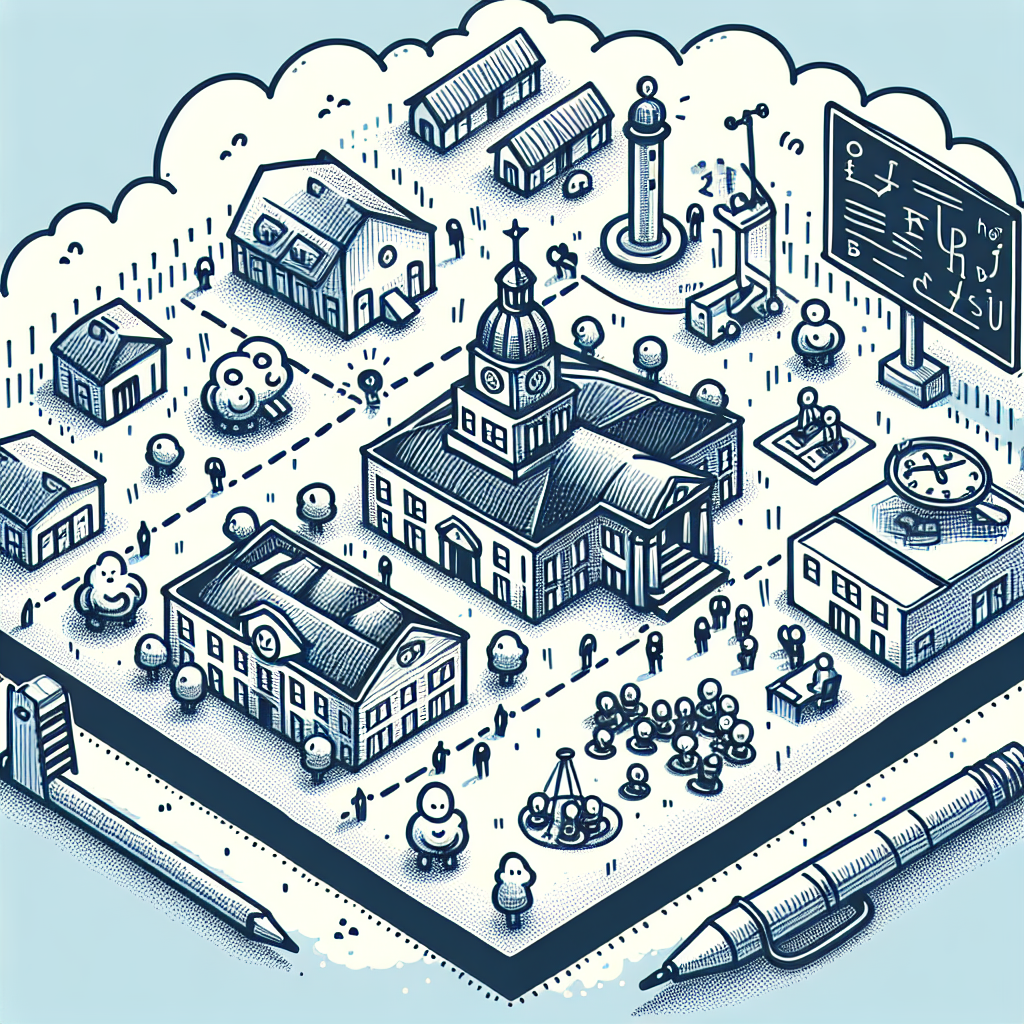
Defining "Smallest" in Higher Education
When discussing the smallest college in the US, it's important to define what "smallest" actually means in the context of higher education. Several metrics are commonly used to determine a college's size:
Total Undergraduate Enrollment
The most direct metric is total undergraduate enrollment. This number refers to how many students are enrolled in undergraduate programs, excluding graduate or professional students. A college with only a handful of undergraduate students may be considered one of the smallest in the nation.
Full-Time vs. Part-Time Students
Another important factor is the ratio of full-time to part-time students. Some institutions may have a low overall headcount but still maintain a high number of part-time enrollees. When identifying the smallest college in the US, schools with primarily full-time students may be weighed differently than those with mostly part-time populations.
Public vs. Private Classification
Whether a college is public or private can also influence its size. Private colleges often have smaller enrollments due to limited funding and a more selective admissions process. In contrast, public institutions generally serve larger populations. The smallest college in the US is more likely to be a private institution with a specialized focus.
Geographic Factors Impacting Enrollment
Location plays a significant role in determining college size. Colleges in rural or remote areas may naturally have fewer students due to limited access or regional population size. Geographic isolation or a focus on serving a specific community can result in lower enrollment numbers, contributing to a school's small size designation.
Understanding these metrics provides better context when evaluating which institution holds the title of the smallest college in the US.

Key Benefits of Attending a Small College
Personalized Learning Environment
One of the main advantages of attending the smallest college in the US is the personalized learning environment. Small colleges often maintain low student-to-faculty ratios, allowing professors to give more individualized attention to each student. This setup fosters deeper academic relationships and ensures that students don’t get lost in the crowd. Additionally, students benefit from more direct access to faculty, making it easier to seek guidance, mentorship, and support throughout their academic journey.
Strong Sense of Community
A defining feature of the smallest college in the US is its close-knit campus culture. With a limited student population, individuals often form tight bonds with their peers and faculty. This strong sense of community creates a supportive environment where students feel recognized and valued. Frequent one-on-one interactions—both inside and outside the classroom—help cultivate lasting relationships and a collaborative atmosphere.
Tailored Academic Programs
Small colleges frequently offer tailored academic programs that cater to niche interests or emerging fields. The smallest college in the US may provide unique or specialized majors that aren't available at larger institutions. In addition, these colleges often have flexible curriculum options, allowing students to design interdisciplinary studies or adjust their academic paths to suit specific career goals or personal interests.

Challenges of Small Colleges
Attending the smallest college in the US or other similarly sized institutions can come with a unique set of challenges. One of the most significant limitations is the restricted range of course offerings. With fewer faculty members and limited departmental diversity, students may find it difficult to explore a wide variety of academic subjects or to take specialized classes that are more commonly available at larger universities.
Extracurricular opportunities can also be limited. Smaller colleges often have fewer student clubs, organizations, and athletic programs, which can reduce chances for social engagement and leadership development outside the classroom.
Resource constraints are another common issue. These institutions may have limited funding for facilities, technology, libraries, and student support services. This can impact the quality of academic resources and overall student experience.
Additionally, the smallest college in the US may be located in a geographically isolated area, which can pose challenges for students seeking access to internships, cultural events, or part-time employment opportunities. The lack of proximity to urban centers can make it harder for students to build professional networks or engage with broader communities.
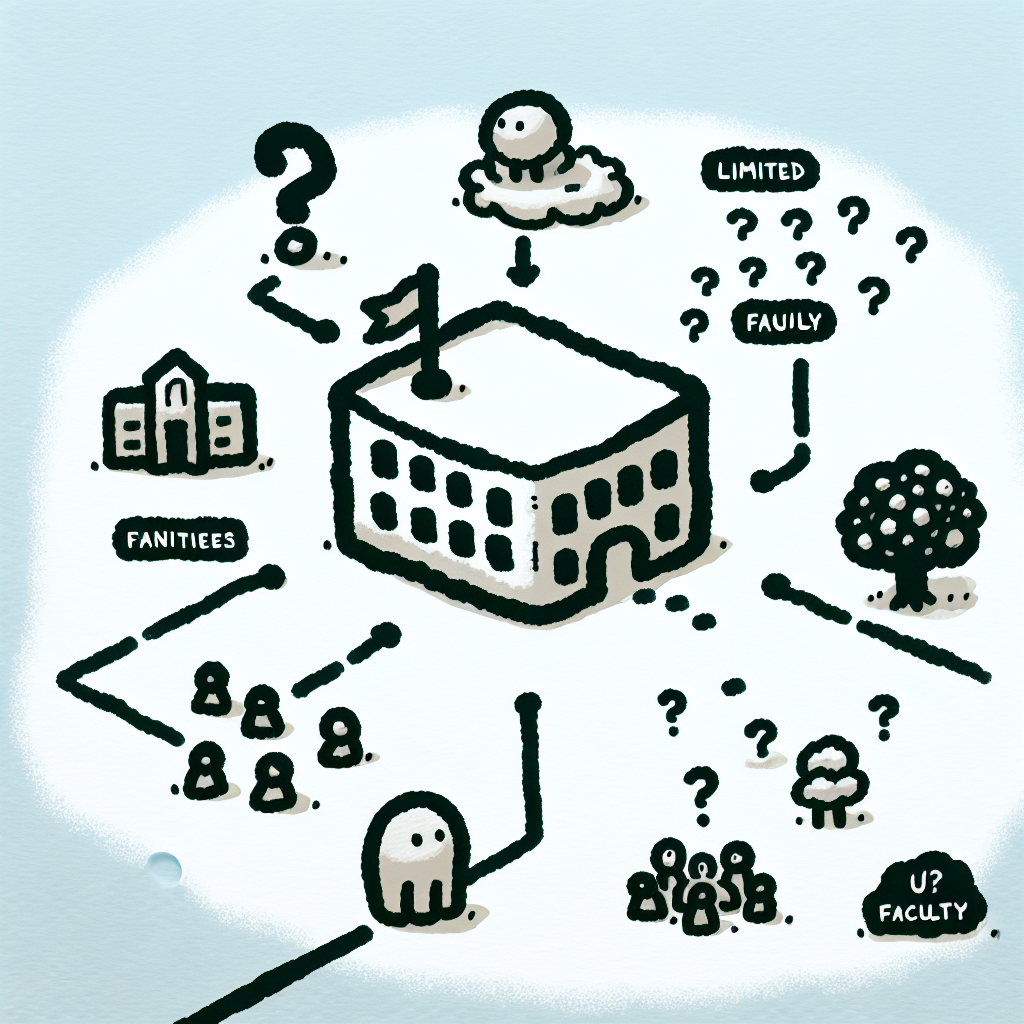
Top 5 Smallest Colleges in the U.S. by Enrollment
1. University of Pittsburgh at Titusville
- Location: Titusville, Pennsylvania
- Enrollment: 23 students
- Type: Public
- Notable: The University of Pittsburgh at Titusville has the smallest enrollment among public colleges in the U.S., making it a prime example of the smallest college in the US in the public sector.
- Source: collegesimply.com
2. San Diego Christian College
- Location: Santee, California
- Enrollment: 102 students (2023–2024)
- Type: Private
- Notable: As the smallest private college by enrollment, San Diego Christian College exemplifies the smallest college in the US among private institutions.
- Source: univstats.com
3. The Rockefeller University
- Location: New York, New York
- Enrollment: 286 students
- Type: Private research university
- Notable: The Rockefeller University is among the smallest institutions in New York, contributing to the overall list of the smallest college in the US.
- Source: univstats.com
4. Sweet Briar College
- Location: Sweet Briar, Virginia
- Enrollment: 316 undergraduate students
- Type: Private women's liberal arts college
- Notable: Sweet Briar College is recognized for its personalized education and strong alumnae support, placing it among the smallest college in the US by enrollment.
- Source: usnews.com
5. Paine College
- Location: Augusta, Georgia
- Enrollment: 344 students
- Type: Private, historically Black college
- Notable: As the smallest college in Georgia, Paine College also ranks among the smallest college in the US.
- Source: univstats.com
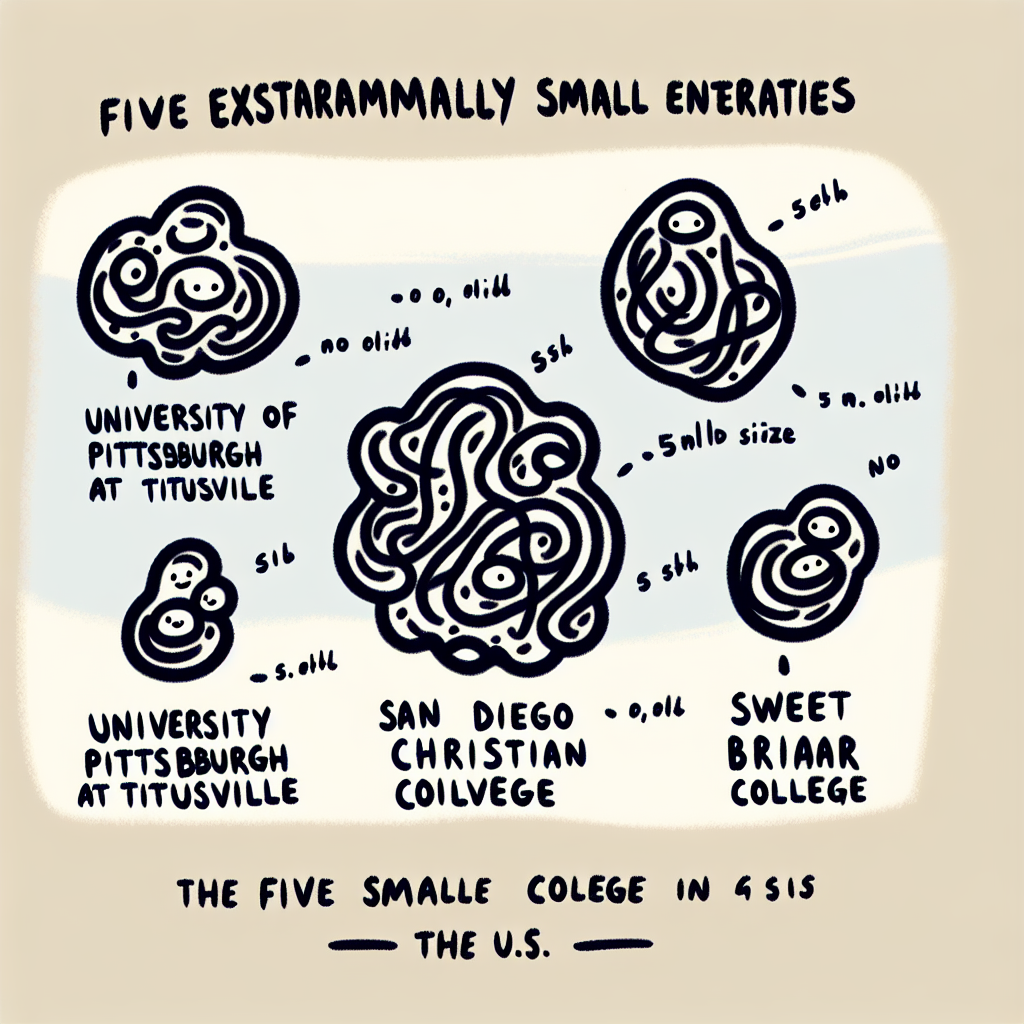
Additional Noteworthy Institutions with Small Enrollments
While the distinction of the smallest college in the US may belong to a handful of ultra-selective institutions, there are many other colleges that maintain very small student populations, often fewer than 500 students. These schools offer specialized programs and unique academic environments that cater to specific populations or educational missions.
Colleges with Fewer Than 500 Students
Numerous accredited colleges across the United States enroll fewer than 500 students. Examples include Shimer Great Books School at North Central College in Illinois, which focuses on a discussion-based curriculum with a student body under 100. Marlboro College (prior to its 2020 merger) was another small liberal arts institution that consistently had fewer than 200 students. These schools typically offer intimate class sizes and close faculty interaction, characteristics often sought by students seeking a more personalized educational experience.
Specialized Institutions
Many of the smallest colleges in the US are specialized institutions such as theological seminaries, art conservatories, and research-focused foundations. For example, the Curtis Institute of Music in Philadelphia admits only around 175 students annually and offers full-tuition scholarships to all admitted students. Similarly, the Memphis College of Art, before its closure, had an enrollment below 400 and focused exclusively on visual arts education. These institutions serve niche academic or professional communities, contributing to their small enrollments.
Regional Trends in Small College Demographics
There are regional patterns in where the smallest colleges in the US are located. Many are found in rural areas or small towns, particularly in the Midwest and Northeast, where traditional liberal arts colleges are more prevalent. States like Vermont, Maine, and Iowa have a high concentration of colleges with enrollments under 500. These regions often support smaller institutions due to historical educational models and community-based learning traditions.
Collectively, these additional institutions emphasize that the smallest college in the US is part of a broader landscape of small, focused, and often highly specialized schools that prioritize quality over quantity in higher education.
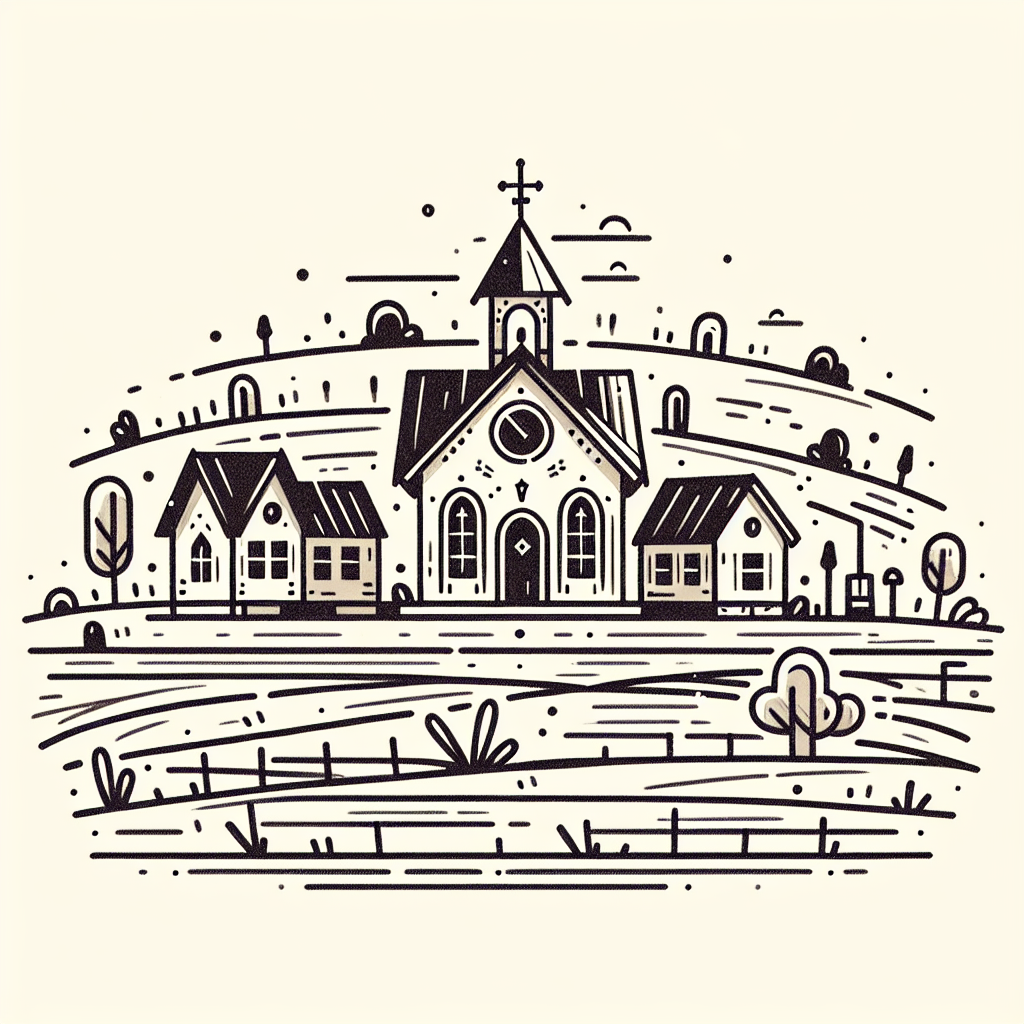
Trends and Insights
Enrollment Challenges
One of the most pressing issues facing the smallest college in the US is a shrinking pool of prospective students. Declining birth rates over the past two decades have led to a smaller college-age population, making it harder for small institutions to maintain or grow enrollment numbers. This demographic shift has put pressure on already struggling colleges, many of which operate with limited financial reserves. As a result, some of the smallest colleges in the US have been forced to close their doors or merge with larger institutions to survive.
Niche Appeal
To counter these challenges, the smallest college in the US often relies on its ability to serve specific student populations. Many of these colleges market their intimate learning environments, personalized mentorship, and strong community ties as key advantages. They also highlight career placement services and specialized academic programs tailored to niche interests. By focusing on these unique aspects, small colleges aim to differentiate themselves from larger, more impersonal universities.
Technology and Online Learning Impact
Technology has become an essential tool for the smallest college in the US to expand its reach and improve academic offerings. Hybrid learning models allow these institutions to serve students beyond their immediate geographic area, helping to offset local enrollment declines. Additionally, educational technology platforms enable small colleges to offer a broader array of courses and resources, supplementing their limited faculty and infrastructure. This integration of technology supports both flexibility and scalability in academic delivery.
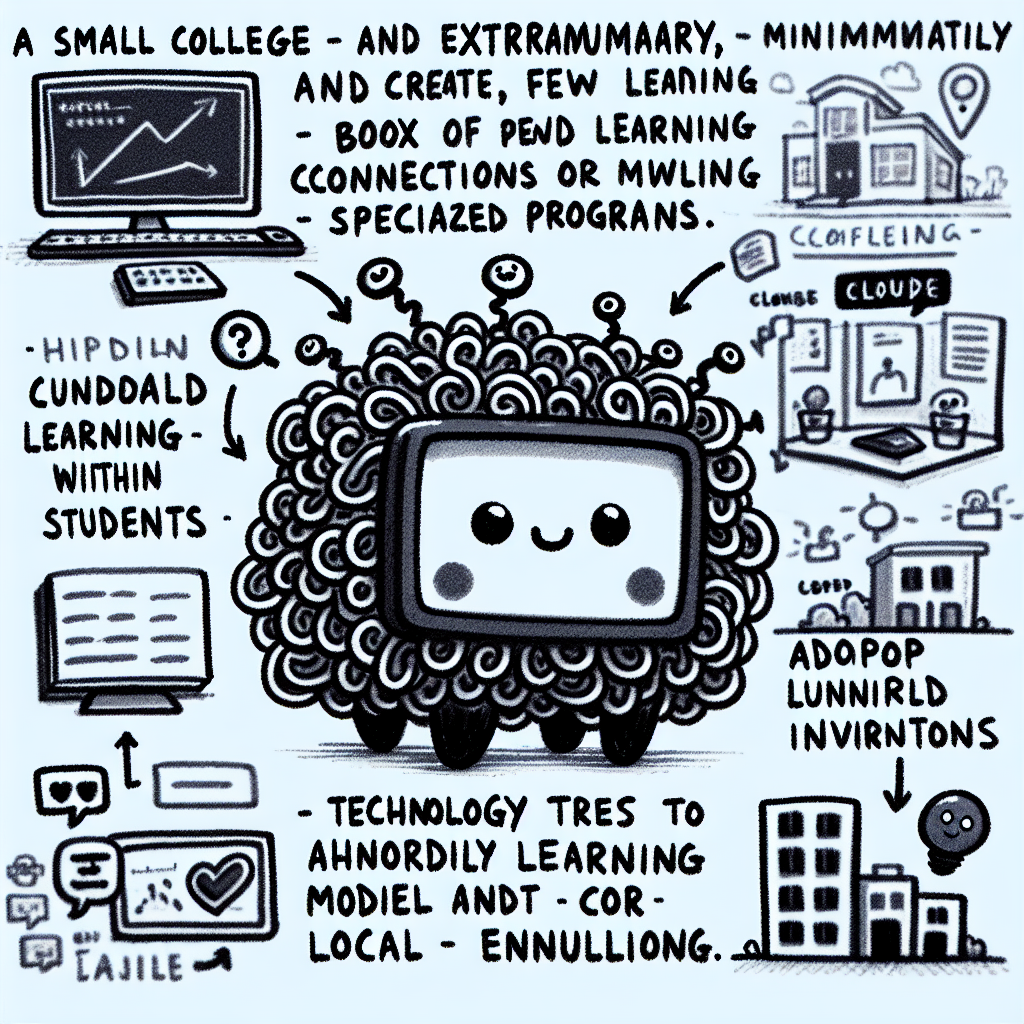
How to Choose the Right Small College
When evaluating the smallest college in the US or other small institutions, it's important to consider various factors to ensure the school is the right fit for your academic and personal goals.
Academic Fit
Look into whether the college offers the major or academic program you're interested in. Small colleges often have fewer programs, so make sure your field of study is available and well-supported. Also, consider class sizes, faculty credentials, and opportunities for undergraduate research or mentorship.
Campus Culture
Each small college has a unique atmosphere. Some may have a tight-knit, community-oriented environment, while others may focus on religious affiliation or specific values. Visit the campus, attend a class, and talk to students to see if the culture aligns with your lifestyle and beliefs.
Location
Proximity to home, climate, and access to urban centers or natural surroundings can affect your overall experience. The smallest college in the US may be located in a rural area, which might offer a serene learning environment but limited off-campus activities.
Financial Aid
Tuition and cost of living vary widely. Research the school’s financial aid policies, including scholarships, grants, and work-study options. A small college may offer generous aid packages to attract students, so be sure to compare offers.
Questions to Ask During Campus Visits
- What is the average class size?
- How accessible are faculty members outside of class?
- What kind of extracurricular activities are available?
- How does the school support career development and internships?
- What do students typically do on weekends?
Importance of Alumni Outcomes and Internships
Check graduation rates and post-graduation employment statistics. The smallest college in the US may still have strong alumni networks and internship partnerships. Ask about career services and where recent graduates have found jobs or pursued further education.
Evaluating these factors can help you determine if a small college is the right environment for your academic success and personal development.

Conclusion
The smallest college in the US and others like it play a unique and valuable role in the higher education landscape. These institutions often provide highly personalized learning environments, close-knit campus communities, and strong student-faculty relationships that are harder to replicate at larger universities. Their scale allows for tailored academic experiences and a focus on individual growth.
For prospective students, choosing a small college can be the right fit if you value intimate class sizes, direct access to professors, and a strong sense of community. It's important to visit campuses, speak with current students, and assess whether the close environment aligns with your academic and social goals.
Ultimately, the smallest college in the US, while small in size, reflects a broader commitment across similarly sized institutions to deliver quality education with a personal touch.

References
- San Diego Christian College - univstats.com
- Sweet Briar College - usnews.com
- University of Pittsburgh at Titusville - collegesimply.com
- The Rockefeller University - univstats.com
- Paine College - univstats.com
